Aurora Borealis, also known as the Northern Lights, is one of nature’s most stunning phenomena. Viewing this spectacular display of natural light is on the bucket list for many travelers.
Tromsø, Norway
Tromsø, located above the Arctic Circle, is considered one of the top destinations for seeing the Northern Lights. With its high latitude and frequent auroral activity, visitors have a great chance of witnessing the lights. Additionally, the city’s vibrant culture and winter activities, such as dog sledding and whale watching, add to the experience.
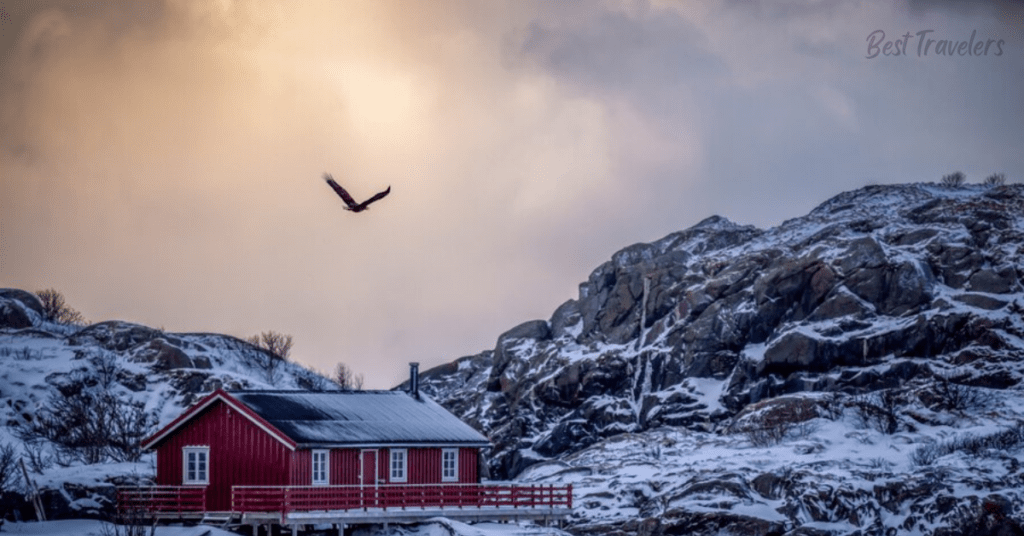
Fairbanks, Alaska, USA
Fairbanks offers some of the most reliable aurora sightings due to its location under the “Auroral Oval”—a ring-shaped zone where auroral activity is concentrated. Clear skies and numerous viewing lodges make it an excellent choice. The city’s interior location also means colder, but often clearer, winter nights.

Yellowknife, Canada
Yellowknife, the capital of Canada’s Northwest Territories, is renowned for its high number of clear nights, making it a prime location for Northern Lights viewing. The city offers various guided tours and viewing platforms to enhance the experience.
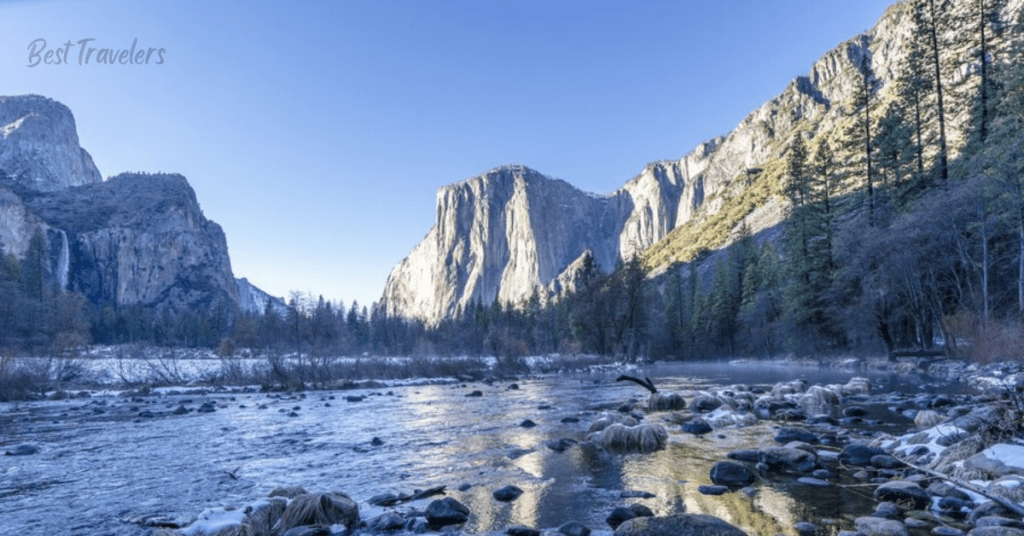
Reykjavik, Iceland
Iceland’s capital, Reykjavik, is a convenient spot for aurora chasers. The country’s unique landscapes, including volcanic fields, hot springs, and waterfalls, provide stunning backdrops for the Northern Lights. Additionally, Iceland’s relatively mild winter climate makes it a comfortable option.
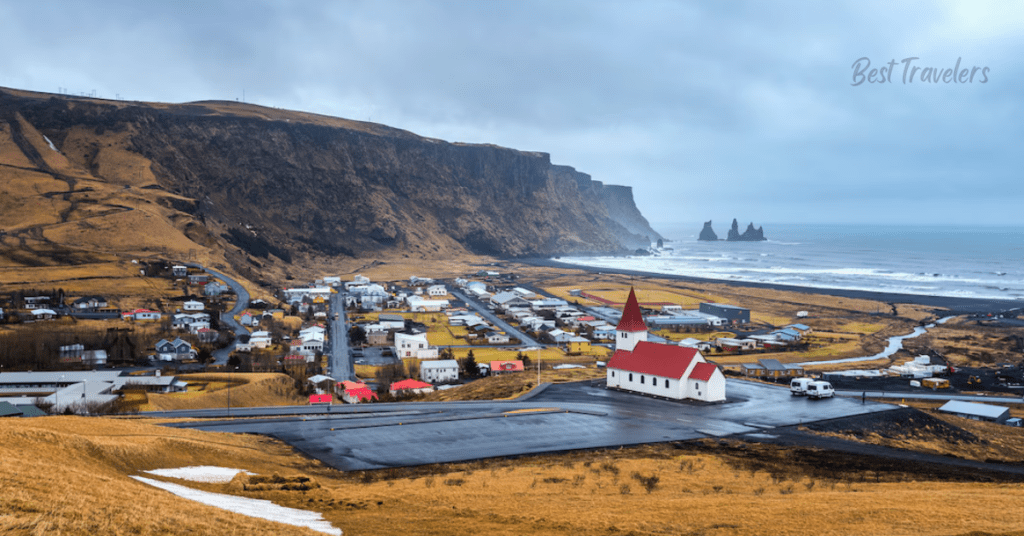
Rovaniemi, Finland
Situated in the heart of Finnish Lapland, Rovaniemi is not only famous for being Santa Claus’s hometown but also for its excellent Northern Lights viewing opportunities. Visitors can stay in glass igloos or luxury lodges to watch the auroras from the comfort of their accommodations.
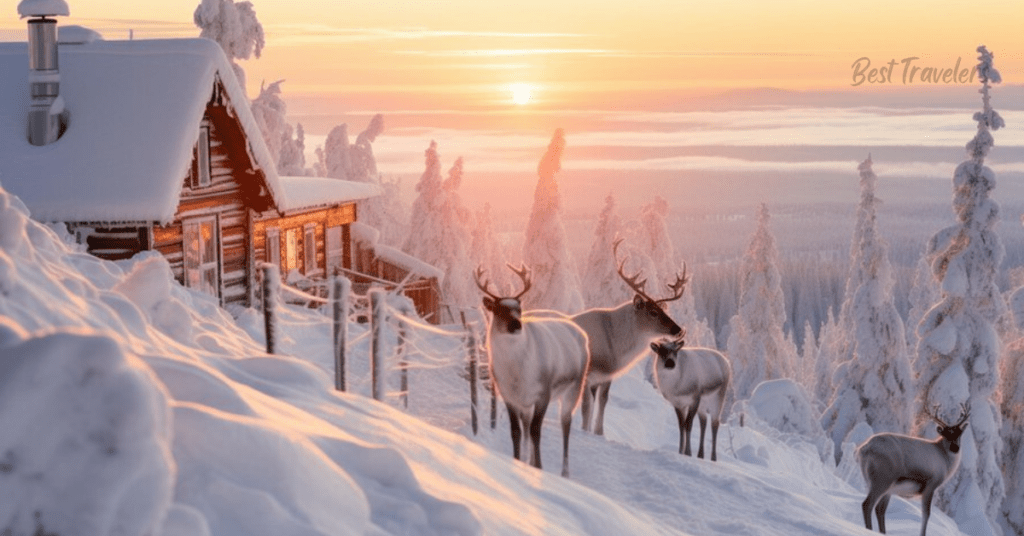
Abisko, Sweden
Abisko National Park in Sweden offers one of the most scientifically promising locations to see the Northern Lights. The area benefits from a unique microclimate, which often results in clear skies. The Aurora Sky Station in Abisko provides an ideal viewing point with minimal light pollution.
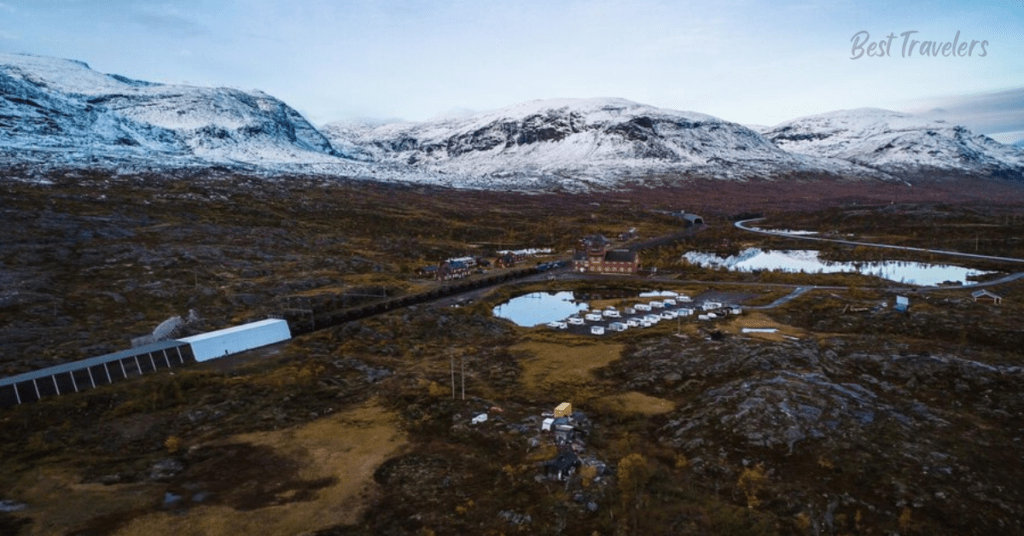
Kakslauttanen, Finland
This resort in Finnish Lapland offers an unforgettable Northern Lights experience with its famous glass igloos. Visitors can lie in bed and watch the aurora borealis dance overhead. The resort also offers a range of winter activities, including reindeer safaris and ice fishing.
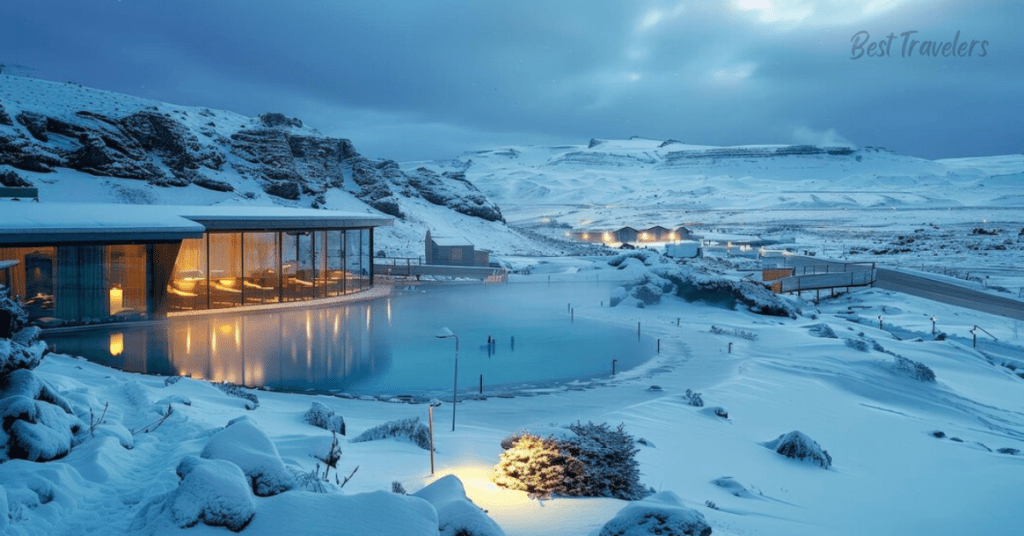
Svalbard, Norway
Located midway between mainland Norway and the North Pole, Svalbard offers the rare opportunity to see the Northern Lights during the daytime in the polar night period. This remote and wild location provides an exceptional setting for aurora viewing.

Murmansk, Russia
Murmansk, the largest city north of the Arctic Circle, provides excellent opportunities to witness the Northern Lights. The city’s infrastructure and accessibility make it a practical choice for aurora hunters. Visitors can also explore the region’s rich history and culture.
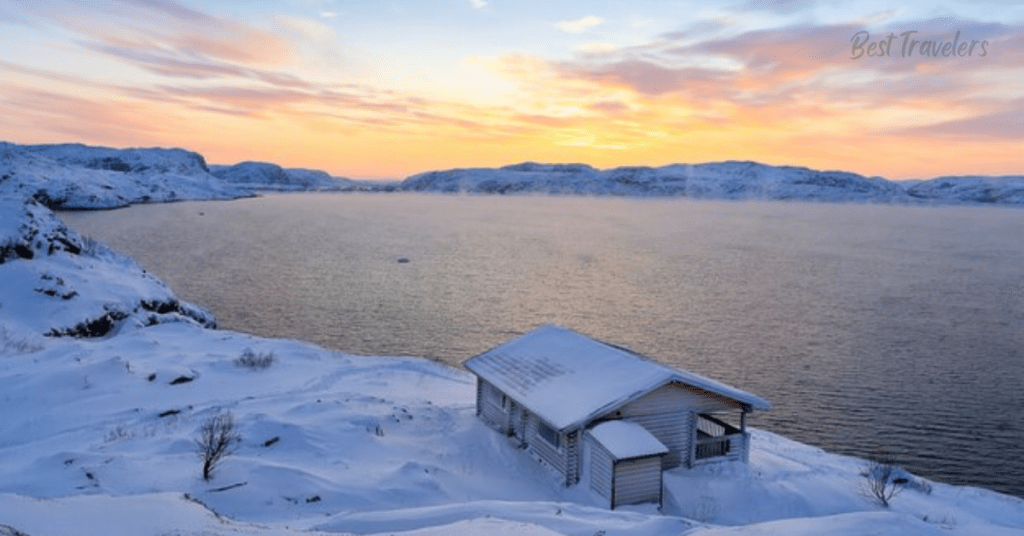
Scottish Highlands, Scotland
The northern regions of Scotland, particularly the Highlands, offer occasional sightings of the Northern Lights, known locally as the “Mirrie Dancers.” While less predictable than locations further north, clear winter nights can yield stunning displays.
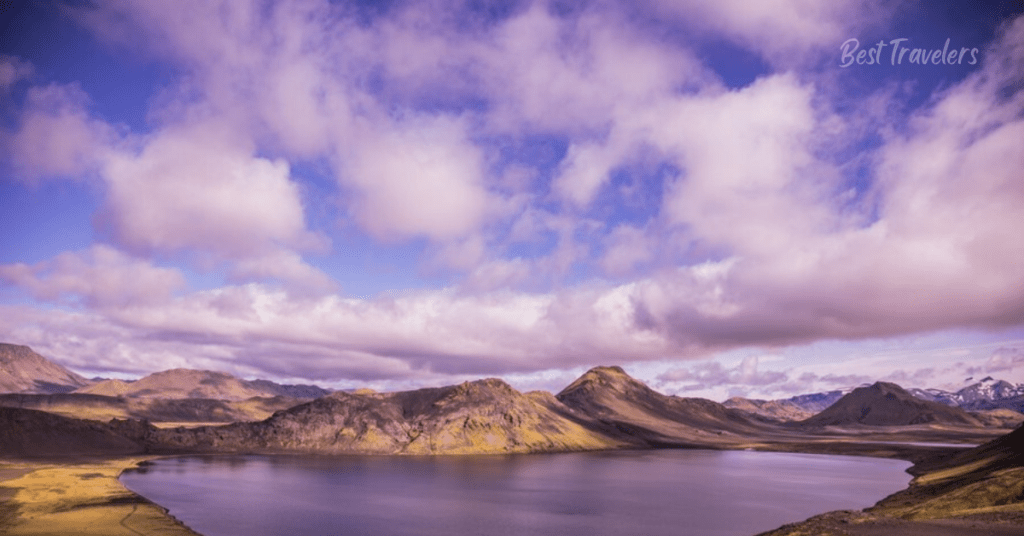
These locations not only offer prime viewing opportunities but also provide unique cultural and natural experiences to make your aurora-chasing adventure truly unforgettable. Whether you’re staying in a cozy lodge in Alaska or exploring the wild landscapes of Iceland, the Northern Lights are sure to leave you in awe.
Conclusion
Aurora Borealis, or Northern Lights, is a mesmerizing experience that draws travelers to some of the most remote and beautiful locations on Earth. The best places to view this natural phenomenon include Tromsø in Norway, Fairbanks in Alaska, and the wilderness of Yukon in Canada. Each destination offers a unique combination of clear skies, low light.
Pollution, and optimal geographical positioning. To fully enjoy this breathtaking display, plan your visit during the winter months, when the nights are longest and the auroras are at their most vivid. Whether you choose to view them from a cozy lodge or under the open sky, the Aurora Borealis promises an unforgettable encounter with nature’s artistry.
When is the best time to see the Aurora Borealis?
The optimal time to view the Northern Lights is during the winter months, from late September to March, when nights are longest and skies are darkest.
Where are the best locations to see the Aurora Borealis?
Top destinations include Tromsø in Norway, Fairbanks in Alaska, and Yukon in Canada, all known for their clear skies and high latitude positioning.
Do I need special equipment to see the Aurora Borealis?
No special equipment is needed, but a good camera with a tripod can help capture the lights. Warm clothing is essential due to the cold weather.
How can I increase my chances of seeing the Aurora Borealis?
Stay in areas with minimal light pollution, check aurora forecasts, and be prepared to wait for the right moment, often between 10 PM and 2 AM.
Are guided tours available for viewing the Northern Lights?
Yes, many guided tours are available in popular viewing locations, offering expert insights and transportation to the best spots for aurora viewing.
Can I see the Aurora Borealis from southern locations?
The Northern Lights are primarily visible in high-latitude regions near the Arctic Circle. While it’s rare, strong geomagnetic storms can occasionally make them visible in more southern locations, but this is uncommon.
What weather conditions are best for viewing the Northern Lights?
Clear, dark skies with minimal cloud cover are ideal for seeing the aurora. Cold, crisp winter nights often provide the best conditions.
How long do the Northern Lights last when they appear?
The duration of an aurora display can vary greatly, ranging from a few minutes to several hours. The intensity and visibility of the lights can also change rapidly.
Is it safe to travel to remote areas to see the Aurora Borealis?
Yes, it is generally safe, but it’s essential to be well-prepared for extreme cold and to follow local guidelines or join guided tours, especially in remote areas.
Can the Northern Lights be predicted?
While there are aurora forecasts that provide short-term predictions based on solar activity, the Northern Lights remain somewhat unpredictable. Checking local forecasts and being flexible with your schedule can increase your chances of seeing them.

